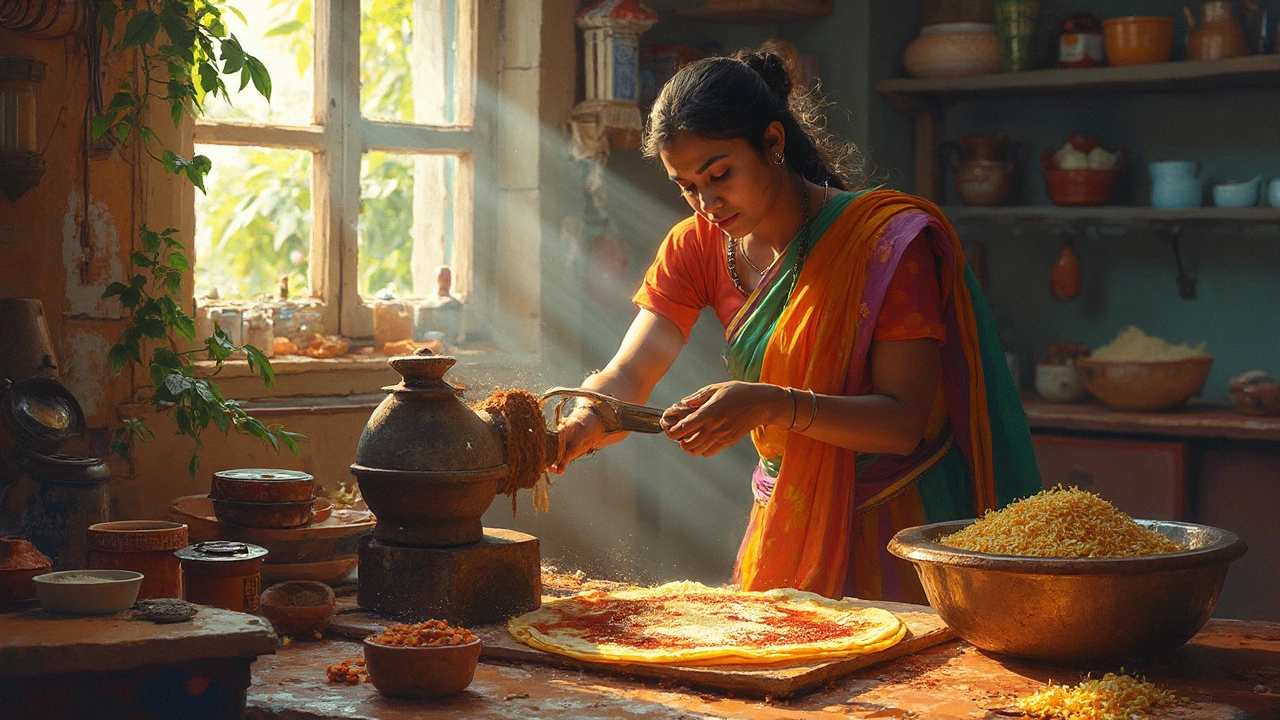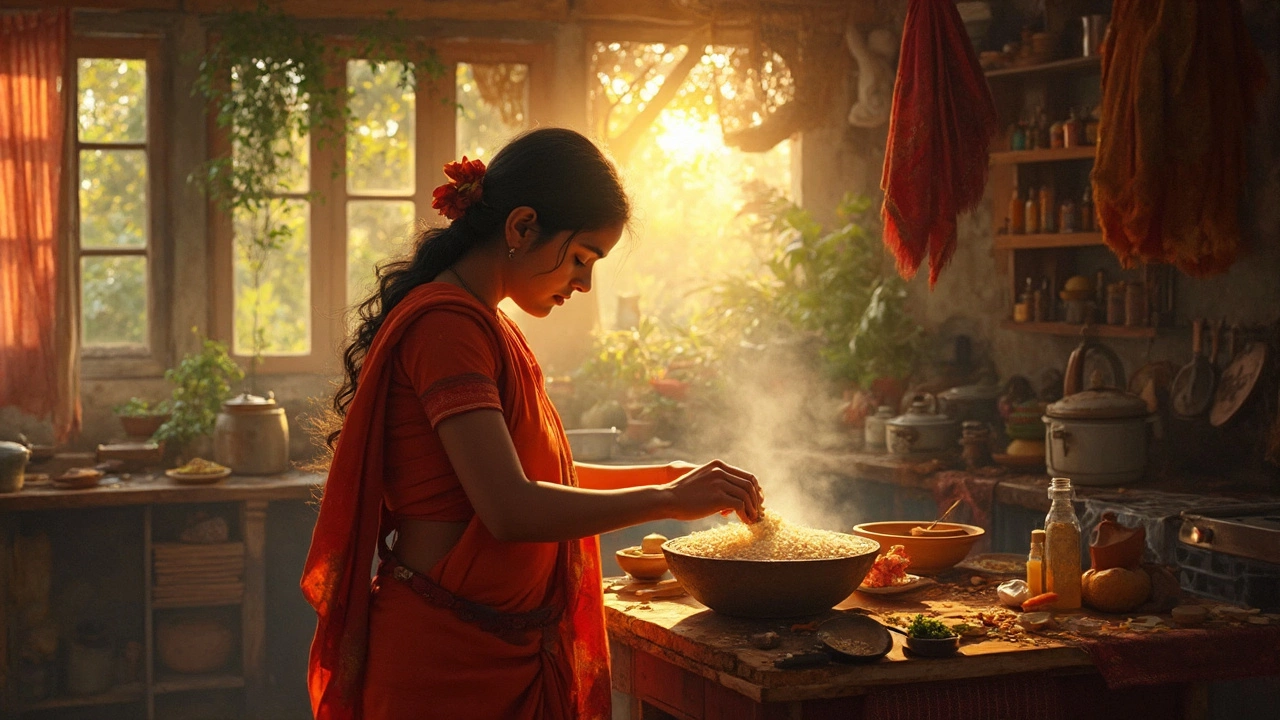Recipe Hub: Indian Cooking Tips & Techniques
When working with Recipe, a step‑by‑step guide that turns raw ingredients into a finished dish. Also known as cooking instructions, it serves as the backbone of every kitchen experiment. A good recipe does more than list steps; it explains why each move matters, suggests timing tricks, and warns about common pitfalls. The Curry, a spiced liquid base that can be thick, thin, vegetarian or meat‑laden often appears as a central theme, because mastering its layers unlocks dozens of dishes. Likewise, the Biryani, a fragrant rice‑and‑protein casserole layered with spices and herbs showcases how timing, acidity and heat combine for a one‑pot wonder. The humble Dal, split pulses cooked until soft and flavored with aromatics teaches protein balance and soaking science, while the everyday Roti, a unleavened flatbread that tests dough handling and heat control reveals the physics of puffing and the art of rolling. Together these entities form a web: a recipe encompasses technique, technique requires the right ingredient, and the ingredient shapes the final flavor.
What You’ll Explore in This Collection
Our list pulls together practical advice that spans beginner shortcuts and expert tricks. You'll find posts that break down how to brine chicken for tenderness, how garlic and ginger timing changes a curry’s aroma, and why adding lemon to biryani keeps the rice fluffy. Health‑focused guides explain the nutrition of dal versus lentils, the myth‑busting truth about naan and biryani’s calorie profile, and ways to make paneer with the best milk. Technique‑heavy pieces dive into the science of curd in dosa batter, the role of baking soda in roti dough, and the subtle impact of oil timing on flatbread softness. Each article connects back to the core idea that a recipe is more than a checklist—it’s a living system where spices, acids, heat and moisture interact.
Scrolling down, you’ll discover a spectrum of topics that answer the questions most home cooks ask: should chutney be served hot or cold, does tomato belong in a curry, and how to keep homemade chutney safe for weeks. Whether you’re hunting for a quick fix, a deep dive into nutrition, or a cultural backstory, the posts below give you actionable steps and the reasoning behind them. Use this hub as a roadmap to experiment confidently, understand the why behind each move, and ultimately turn every Indian recipe you try into a reliable, tasty success.

Quick Methods to Get the Perfect Dosa Batter Without Yeast
Making dosa batter doesn't have to be complicated, and you certainly don't need yeast to get those crispy, delicious dosas. This article breaks down simple steps and tips for crafting the perfect batter using ingredients you probably already have in your kitchen. Discover what really makes a dosa crispy and golden by getting the fermentation process just right, minus any yeast. Plus, learn some tricks from experienced cooks on how to fine-tune your batter to suit your taste.

Perfect Dosa Without Yeast: Quick Fermentation Tips
Mastering the art of making the perfect dosa can be tricky, especially when you want to skip the yeast. However, quick fermentation techniques can help you achieve that perfect batter consistency. From selecting the right rice to using climate-friendly methods, these tips ensure your dosas are crisp and delicious. Whether you're making them for breakfast or dinner, these methods are both time-saving and effective.